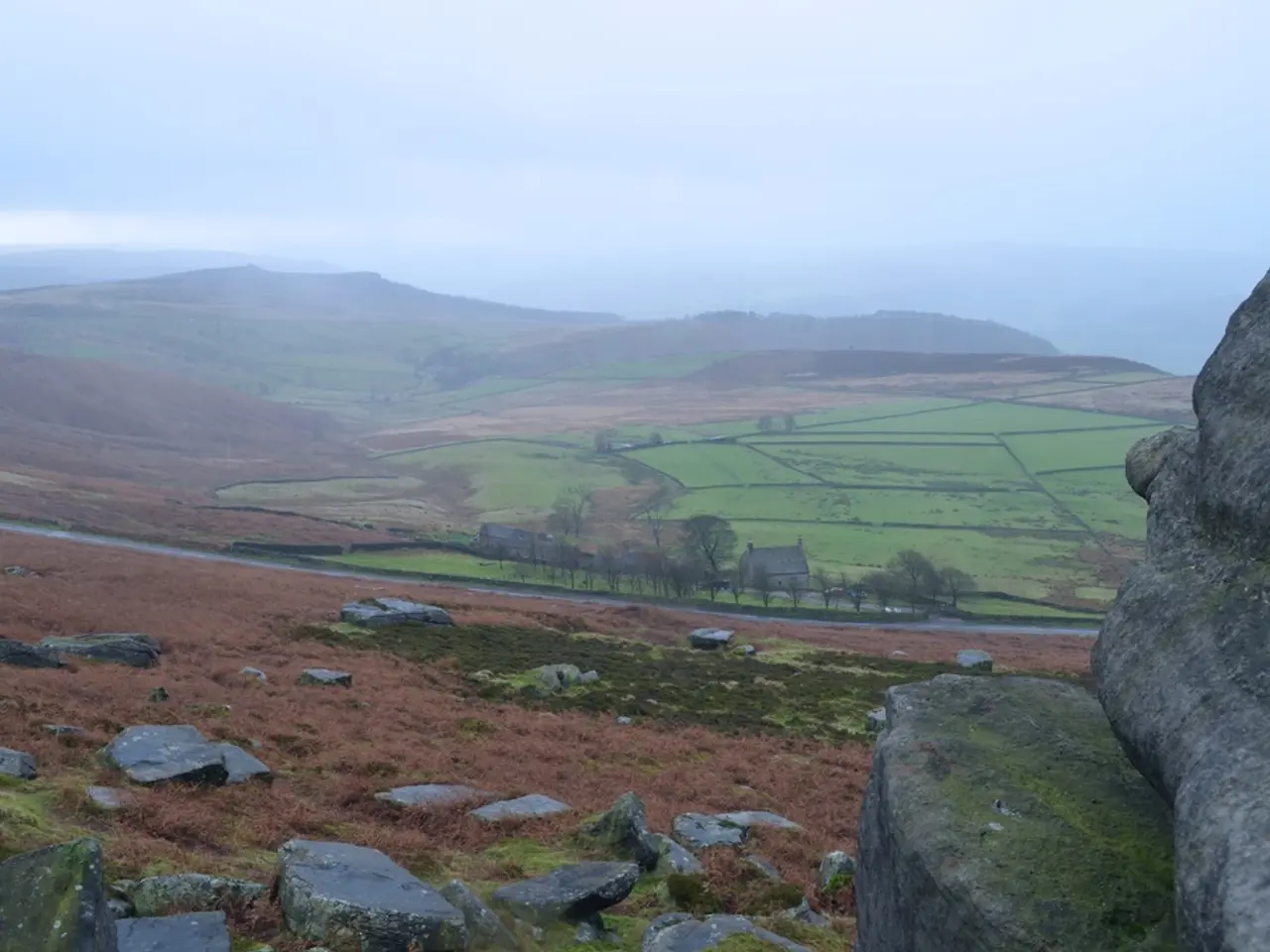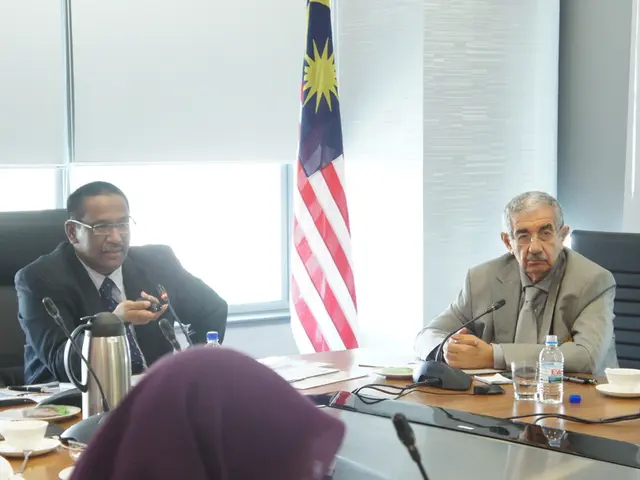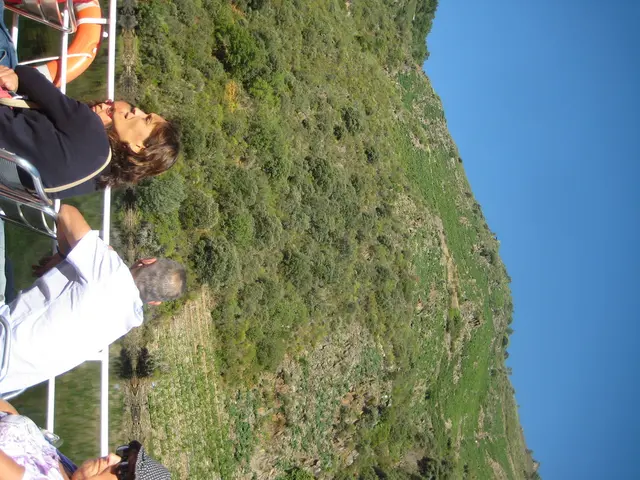Tourism in Siachen and Galwan Valley to be made accessible, declares Lieutenant Governor of Ladakh
Ladakh, a union territory in northern India, is poised to become a leading global travel destination, according to its Lieutenant Governor, Kavinder Gupta. The region, known for its stunning natural beauty, rich Tibetan Buddhist culture, and unique high-altitude landscapes, is being developed as a sustainable tourist destination.
Two significant areas under development are Siachen, the world's highest battlefield, and Galwan Valley, the site of the 2020 India-China clash. The focus is on promoting eco-friendly tourism that highlights the regions' natural beauty, historical significance, and cultural heritage.
The plans for these developments include sustainable and eco-friendly tourism initiatives aimed at preserving Ladakh's fragile ecology and cultural legacy while upgrading infrastructure and regional connectivity with central government support. The goal is to present Ladakh as a holistic tourism package, combining adventure, spiritual and religious tourism, and winter tourism, thereby expanding beyond traditional spots.
Siachen and Galwan Valley will offer a unique tourist experience, showcasing the spirit of bravery associated with these places. The developments are expected to go hand-in-hand with sustaining Ladakh’s vibrant culture, traditions, and environmental balance.
The best time to visit Ladakh is from May to September, when the weather is mild, and the roads are open. Tourists will need to obtain Inner Line Permits to visit certain restricted areas, such as Pangong Lake, Tso Moriri, and Nubra Valley.
To reach Ladakh, travellers can fly into Kushok Bakula Rimpochee Airport in Leh, which is connected to major Indian cities. Alternatively, one can travel by road, with routes from Srinagar via Kargil or from Manali via Keylong.
When packing for Ladakh, it's important to dress in light layers and include warm clothing, sunscreen, lip balm, sunglasses, a first-aid kit, and sturdy walking shoes. To stay hydrated, travellers are encouraged to carry a reusable water bottle and avoid using single-use plastic bottles.
These developments are expected to boost the local economy, which heavily depends on tourism, by attracting thrill-seekers, history enthusiasts, and nature lovers to these remote but significant border areas. The government is committed to carrying out these transformations in a way that respects both the ecological sensitivities and the historical importance of these regions.
[1] The Economic Times [2] Hindustan Times [3] Business Standard [4] Firstpost
Read also:
- LA Announces March Lineup for Their Site
- Construction company Newkirk Novak issued a Public Notice in relation to the Clean Water Act
- Life Transition of Grace Mulvey: Leaving Ireland at Age 33 as Friends Settled Down with Homes and Families in London
- Cost of Sending a 5kg Package via Royal Mail: Rates for Mid-Weight Shipping








